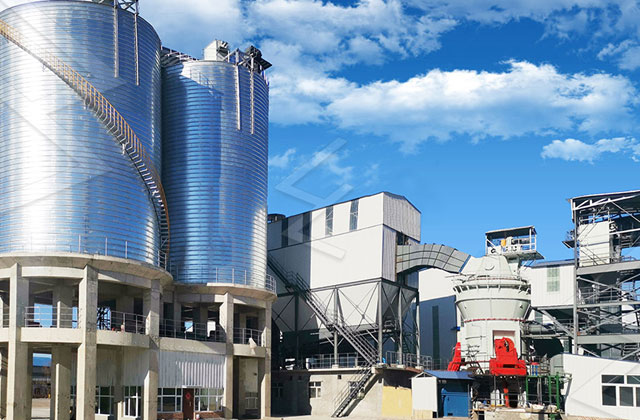Limestone powder production mills are used to grind limestone into fine powder for various applications, such as construction materials, agricultural soil amendments, and chemical additives. The process of producing limestone powder involves several stages, including crushing, grinding, and classification.
The first stage in the production of limestone powder is crushing. Limestone rocks are quarried from mines and transported to crushing plants. They are broken down into smaller pieces using crushers, which can be either jaw crushers or impact crushers. The crushed limestone is then transported to a grinding mill.

The second stage in the process is grinding. Limestone powder production mills use various types of grinding equipment, such as ball mills, Raymond mills, vertical roller mills, and ultrafine mills. These mills use different grinding media, such as steel balls, ceramic balls, or rods, to grind the limestone into fine powder.
After grinding, the limestone powder is classified using classifiers or separators to ensure that the particles are of uniform size. The classified powder is then collected and stored in silos.
The quality of limestone powder produced by limestone powder production mills depends on several factors. These include the quality and purity of the limestone rock, the type of grinding equipment used, the grinding time, and the grinding media used. To produce high-quality limestone powder, it is important to use high-quality limestone rock, use advanced grinding equipment, and optimize the grinding process.
Limestone powder has many applications in various industries. In the construction industry, it is used as a building material in the form of cement, concrete, and mortar. It can also be used as a soil amendment in agriculture to increase soil pH and improve crop productivity. In the chemical industry, limestone powder is used as a filler and additive in paints, plastics, rubber, and other products.
